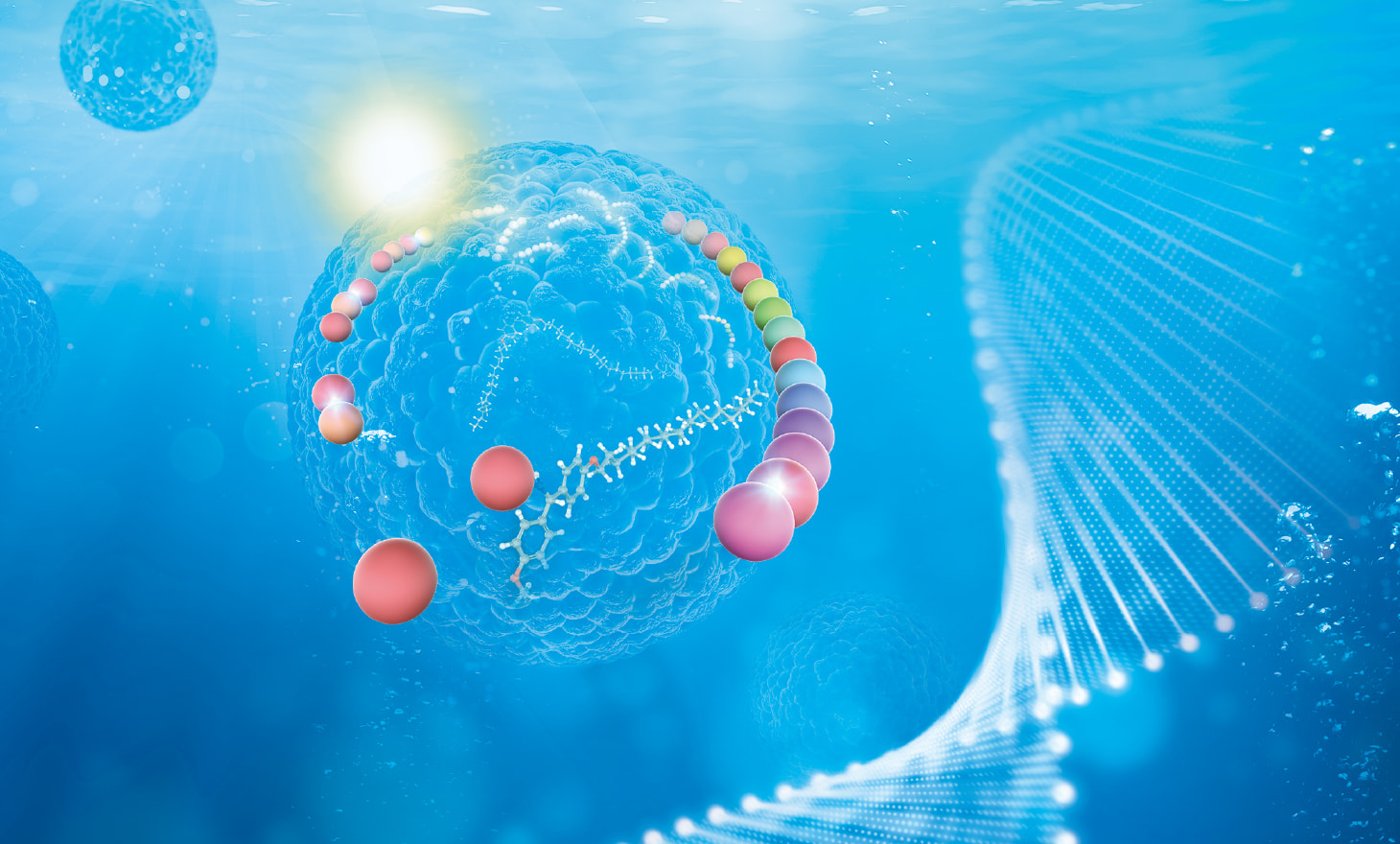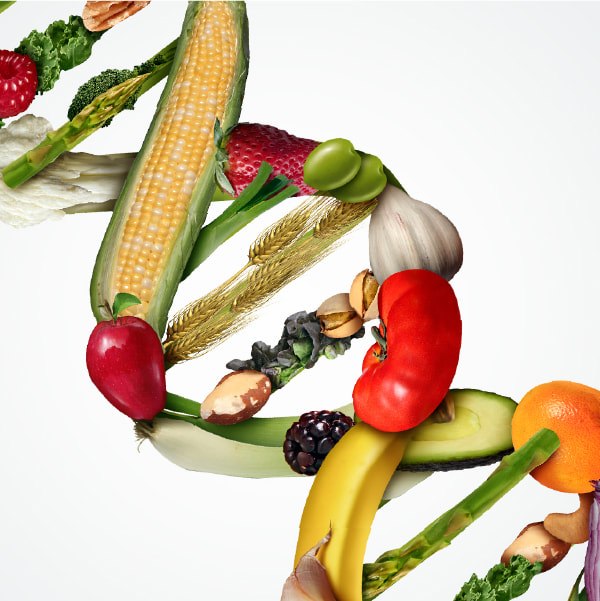The 100-year story of
how “umami”
—the fifth basic taste—
spread from Japan to
around the world

Umami
< Table of Contents >
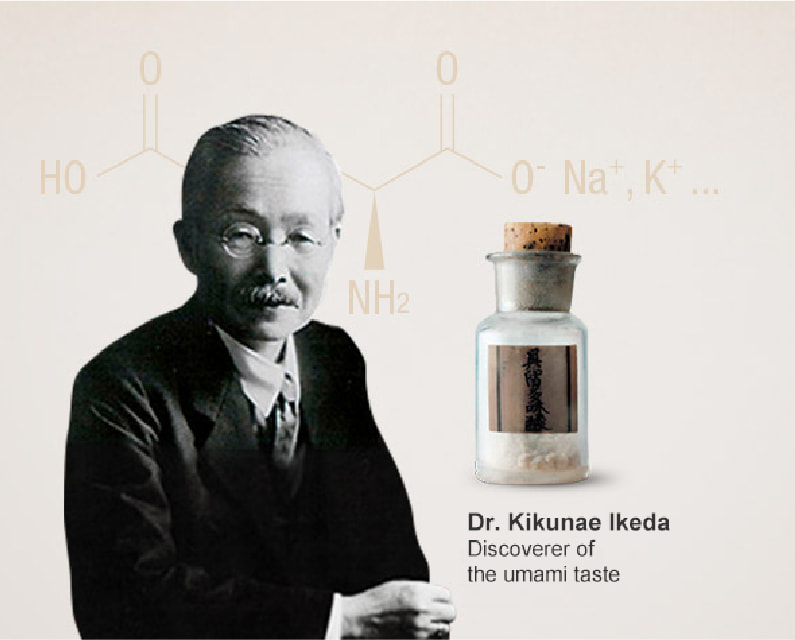
Umami—the fifth basic taste, produced by an amino acid
Umami was identified more than a hundred years ago by Dr. Kikunae Ikeda of the Tokyo Imperial University (now the University of Tokyo), a scientist who laid the groundwork for the study of physical chemistry in Japan. Dr. Ikeda first discerned the taste of umami in kombu dashi (kelp broth) used for yudofu (tofu hot pot). He identified it as a sensation that could not be created from the four well-known basic tastes of sweet, sour, salty and bitter, and named it umami, which can be translated as “delicious, savory taste.”
In 1908, Dr. Ikeda succeeded in extracting 30g of the umami compound from about 12kg of kombu. He learned that umami was the taste of glutamate, a salt derived from glutamic acid, one of the amino acids.
Today, the Japanese word umami is used world-wide to describe the fith taste.

First step onto
the world stage
The first presentation about umami at a global academic conference was given by Dr. Ikeda at the Eighth International Congress of Applied Chemistry held in New York City in 1912. His paper, entitled On the Taste of the Salt of Glutamic Acid, opened with these words:
“Those who pay careful attention to their taste buds will discover in the complex flavor of asparagus, tomatoes, cheese and meat, a common and yet absolutely singular taste which cannot be called sweet, or sour, or salty, or bitter…”
At the time, his report attracted little notice from the scientific community. While the taste he called umami was familiar to people in Japan, where kombu had long been a part of the diet, people in the West had never heard of umami nor recognized it as another basic taste. Over many decades the concept of this “fifth taste” gained gradual acceptance as the result of increasing international scientific evidence, unequivocally establishing umami as a basic taste.
Mathematical analysis points to a fifth basic taste
Detailed electrophysiological and taste sensory studies were carried out over many years to determine the physiological function of umami and its source, monosodium glutamate (MSG). However, because MSG was believed to be a flavor enhancer, umami was not initially categorized as a basic taste and the concept of it as an independent taste was not widely accepted. The paradigm began to shift at the First International Symposium on Umami Taste, held in Hawaii in 1985, which attracted various researchers from many countries.
Dr. Shizuko Yamaguchi*, aformer researcher at Ajinomoto Co., Inc., employed mathematical analysis in her study of umami to demostrate that it was the fifth basic taste. Using 21 test samples to analyze variations in taste stimuli caused by umami, she calculated the numerical distance between umami and the four well-known basic tastes, and plotted them on a multidimensional scaling matrix (shown above). Dr. Yamaguchi succeeded in illustrating the degrees of similarity among the four well-known basic tastes and umami. The spatial distribution of each of the four well-known basic tastes outline a tetrahedron. Umami clearly represents another independent dimension of taste. The analysis was reported in the book of proceedings from the symposium and umami entered the international academic lexicon.
*Dr. Shizuko Yamaguchi (Ph.D. agriculture) was appointed Professor at Tokyo University of Agriculture in 1997 following more than thirty years of taste research at Ajinomoto Co., Inc.
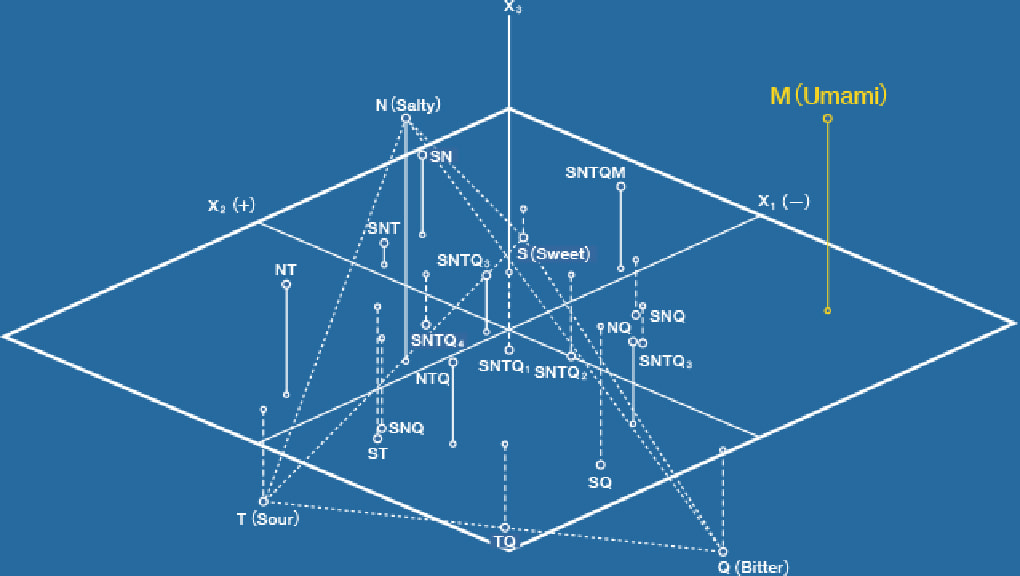
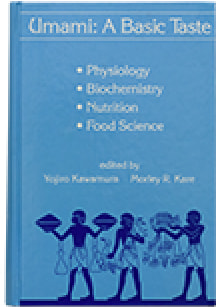
Umami: A Basic Taste

Rise of worldwide
recognition
The 1985 international symposium in Hawaii stimulated strong interest in umami among researchers around the world, prompting additional studies on umami and its perception, particularly in the field of electrophysiology. The Second International Symposium on Umami Taste was held on the Italian island of Sicily in 1990. The 27 research reports presented in the symposium there were published as a special issue of the international academic journal Physiology & Behavior. The use of umami as a technical term and the performance of umami-related research, including the identification of umami taste receptors, rapidly gained worldwide acceptance.
Oxford Advanced Learner's Dictionary 8th edition
©Oxford University Press 2015
100 Years after its discovery,
umami and washoku have spread worldwide
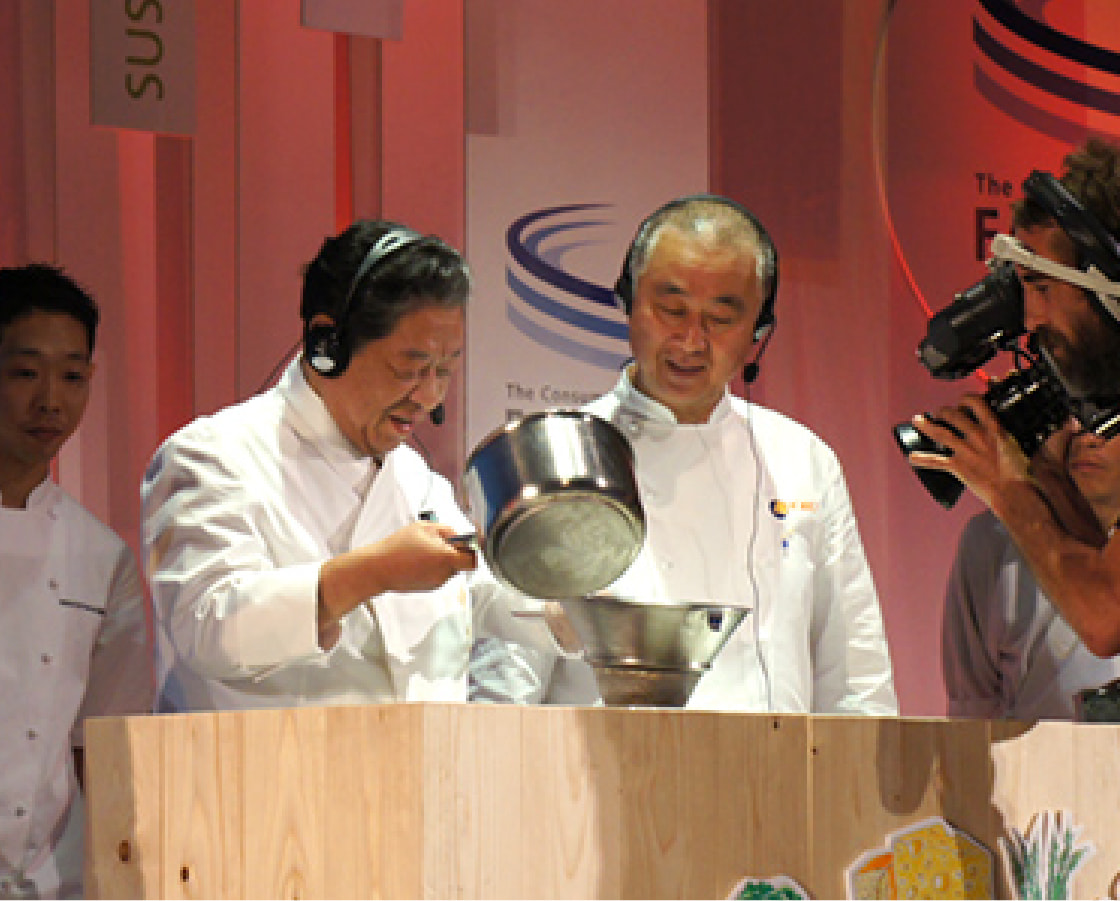
100 Years after its discovery, umami and washoku have spread worldwide
Nearly 100 years have passed since Dr. Ikeda discovered glutamic acid as the substance for umami taste The latest research is shedding more and more light on the health value of the umami compound. In 2013, washoku—Japanese food culture based on dashi broth—was inscribed on the UNESCO list of intangible cultural heritage, and awareness of umami continues to grow. The world’s top chefs creatively incorporate umami into a wide range of dishes to make them healthier and more fully flavored.
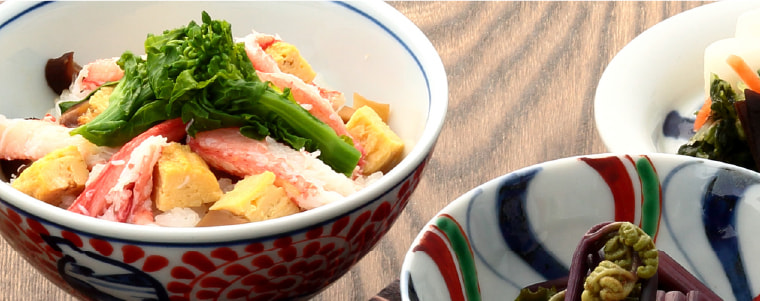
Another Innovation Story





